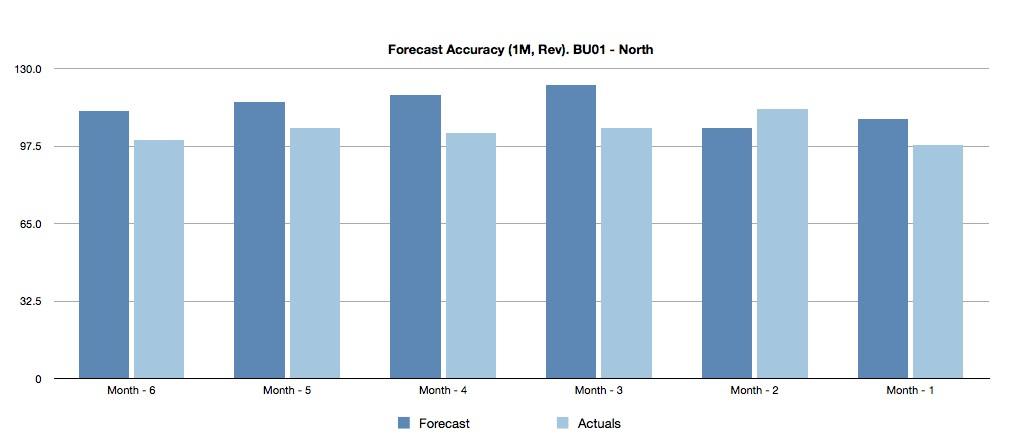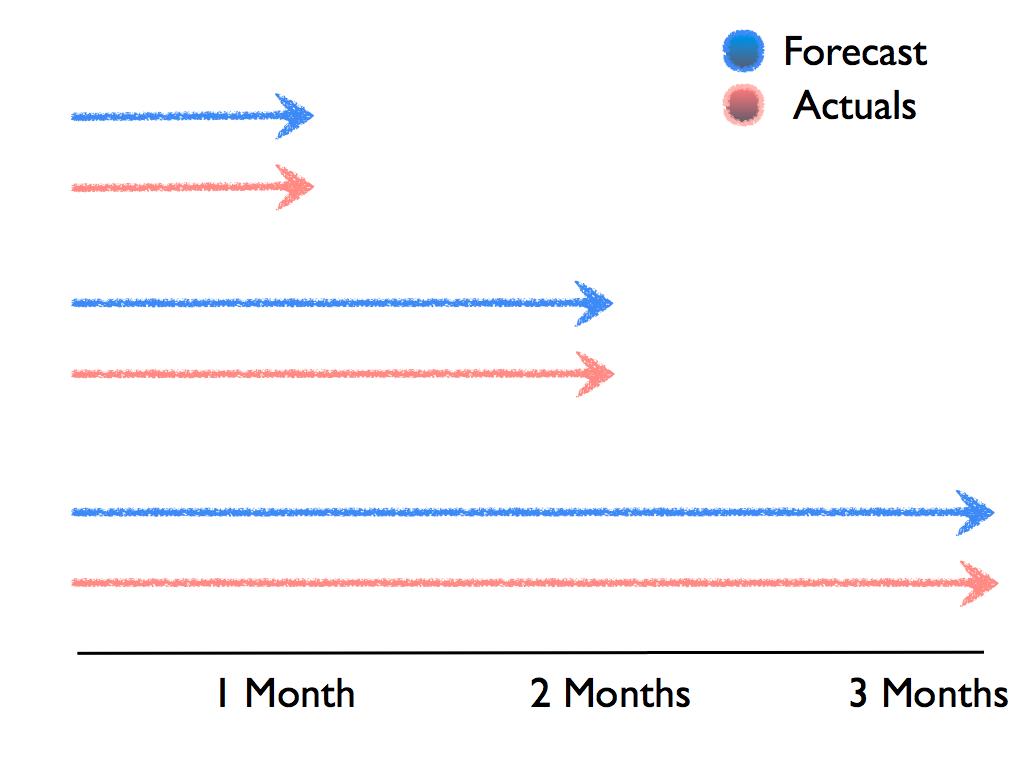
Greetings from Vienna: home of the schnitzel, yummy dumplings and lot’s of amazing history. But Vienna is also the hub of many successful companies. Today is the third European IBM Finance Forum 2011. We have had a great day so far. Lot’s of attendees from the Finance & IT departments of different Austrian businesses and government agencies. The agenda here is once again packed with Finance content. And as in all the other locations, we also have some great speakers. The event in Vienna is hosted by Harald Hornacek, chief editor of the popular business magazine Succeed. The magazine is distributed by Austrian Airlines and flyers love it for its fresh and meaningful content. Harald is quite famous in the Austrian and European business community for exactly that reason. The attendees have a great time listening to his insightful comments and questions. But let me back up for a quick second. There was another Finance Forum in Zurich last week.
HIGHLIGHTS IN ZURICH

The Finance Forum Switzerland was held at the famous and gorgeous Dolder Grand hotel. It is situated high above the city with breathtaking views left and right. Steve Morlidge, the author of ‘Future Ready‘ delivered a refreshing keynote about best practices in forecasting. He will be speaking at many different Finance Forums across Europe this year. We also had a customer speaker from a 500 year-old company (can you believe that?): Mr.Binzegger from Orell-Fuesseli talked about their innovative use of SPSS software to develop highly accurate credit ratings for companies. We also heard Mr Wirth from Nycomed talk about how to build an effective reporting and information strategy in a global environment. The Dolder Hotel staff also served up some amazing food and coffees during the break. Great event.
VIENNA CALLING
Back to the event here in Vienna. It’s been a bit of a mad rush for me in the background. I left home on Sunday morning to run two Rolling Forecast workshops with close to 40 CFOs from different companies in the Middle East on Monday and Tuesday. Wednesday morning we found out that one of our customer speakers in Vienna ended up calling in sick and I jumped in with a different presentation last minute. We are about to start a panel discussion between different customers and experts.
NEXT STOP BUCHAREST
Hopefully you will get the opportunity to join one of the IBM Finance Forum events in the next few months. As you can see, we always have great speakers, great content and also lot’s of valuable discussions. Knowledge exchange and networking is a critical part of this. My next event is scheduled for May 4th in Bucharest. To see more photos from all the different events click HERE. See you soon!


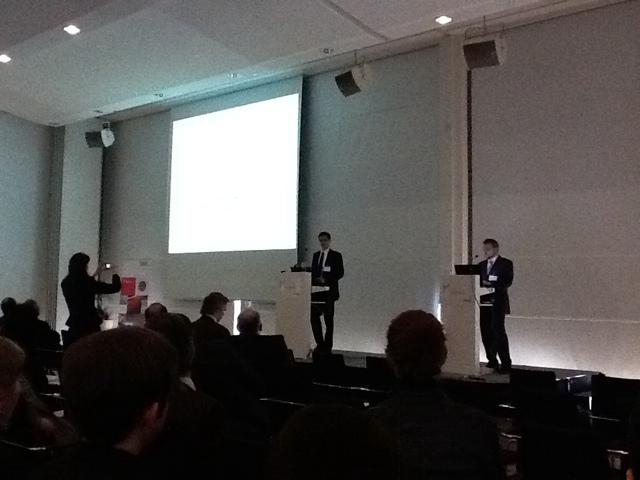

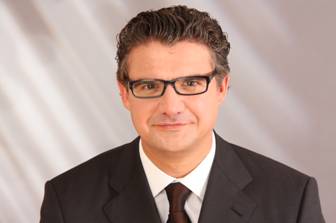


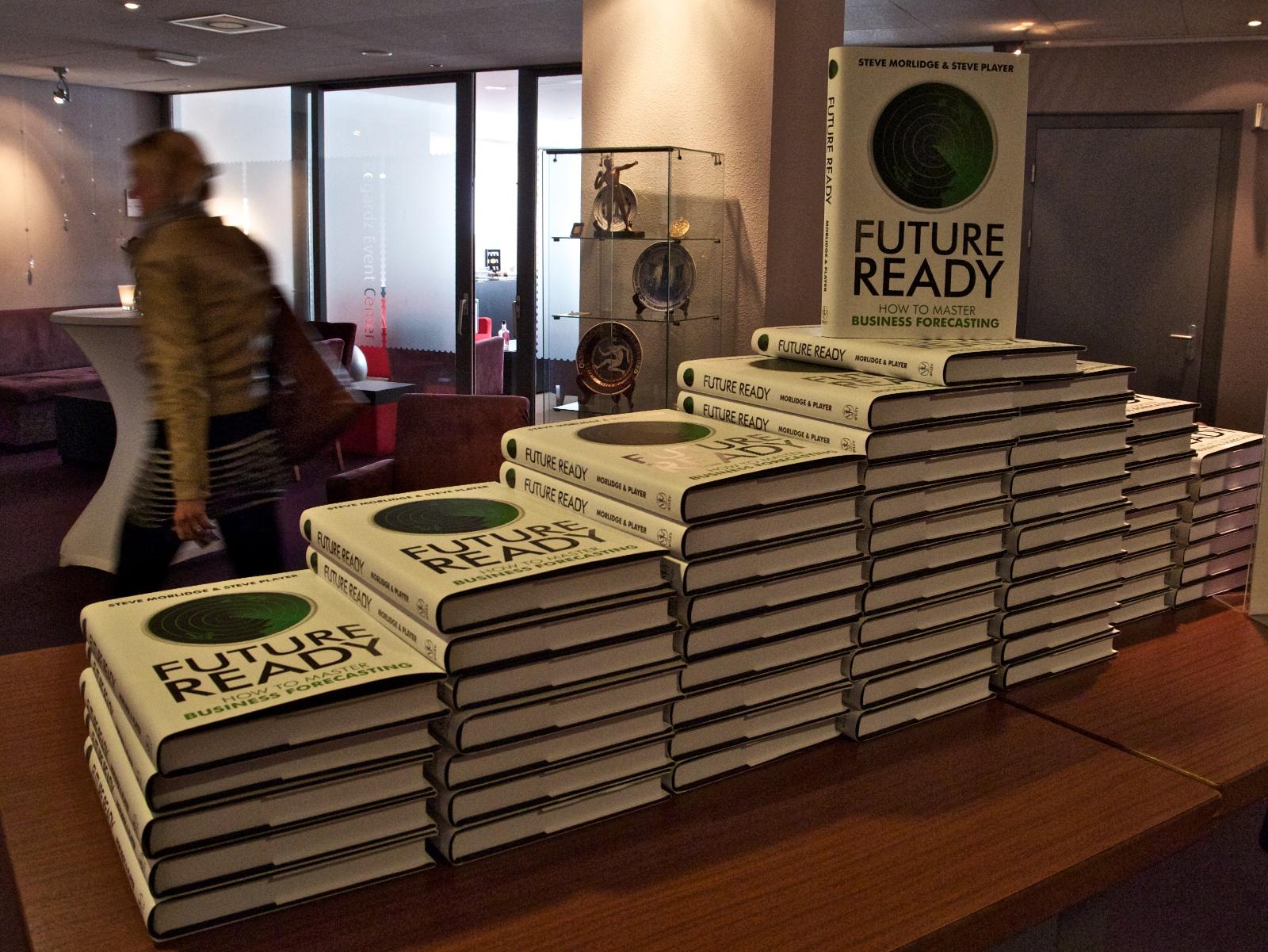
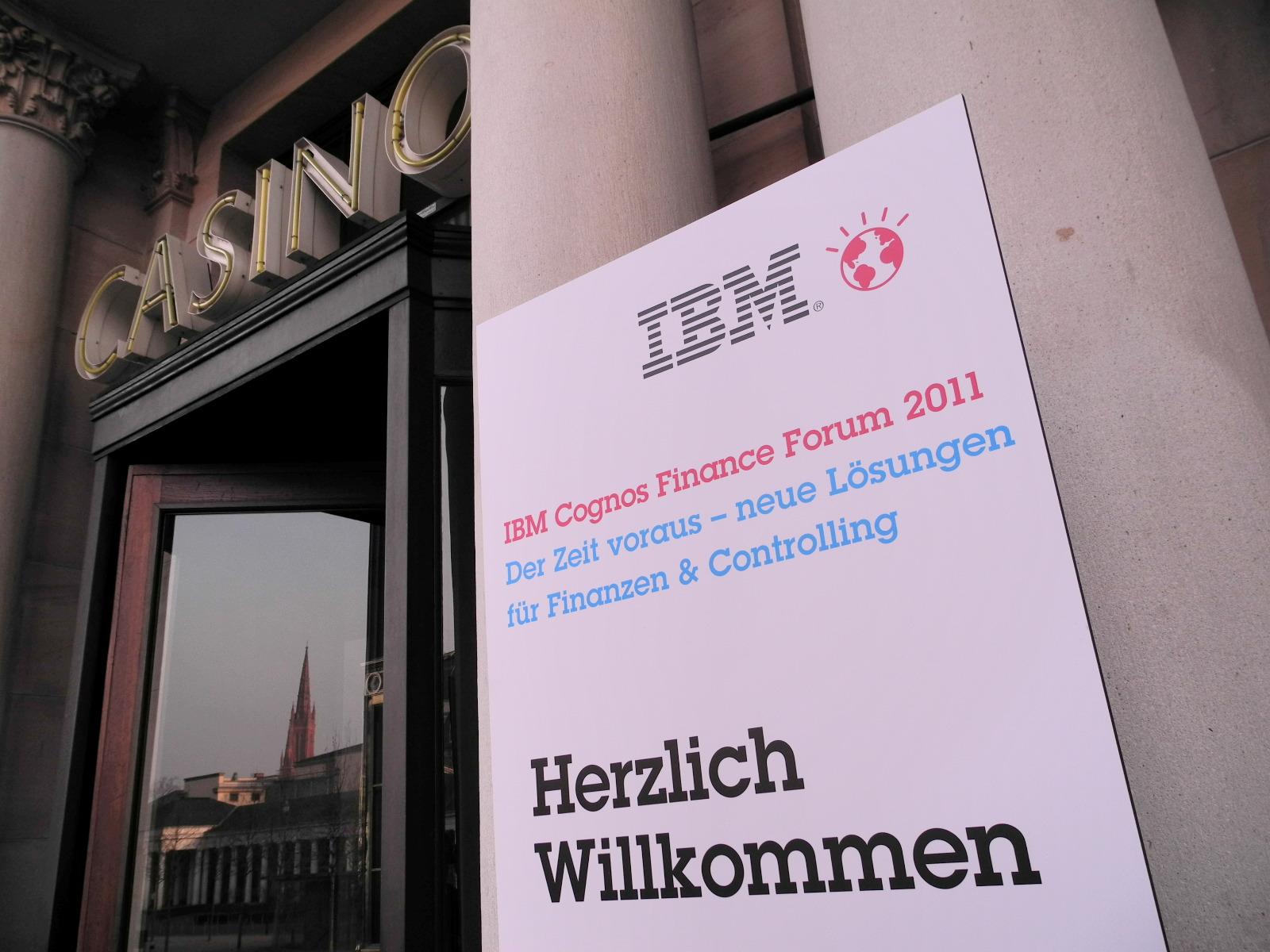

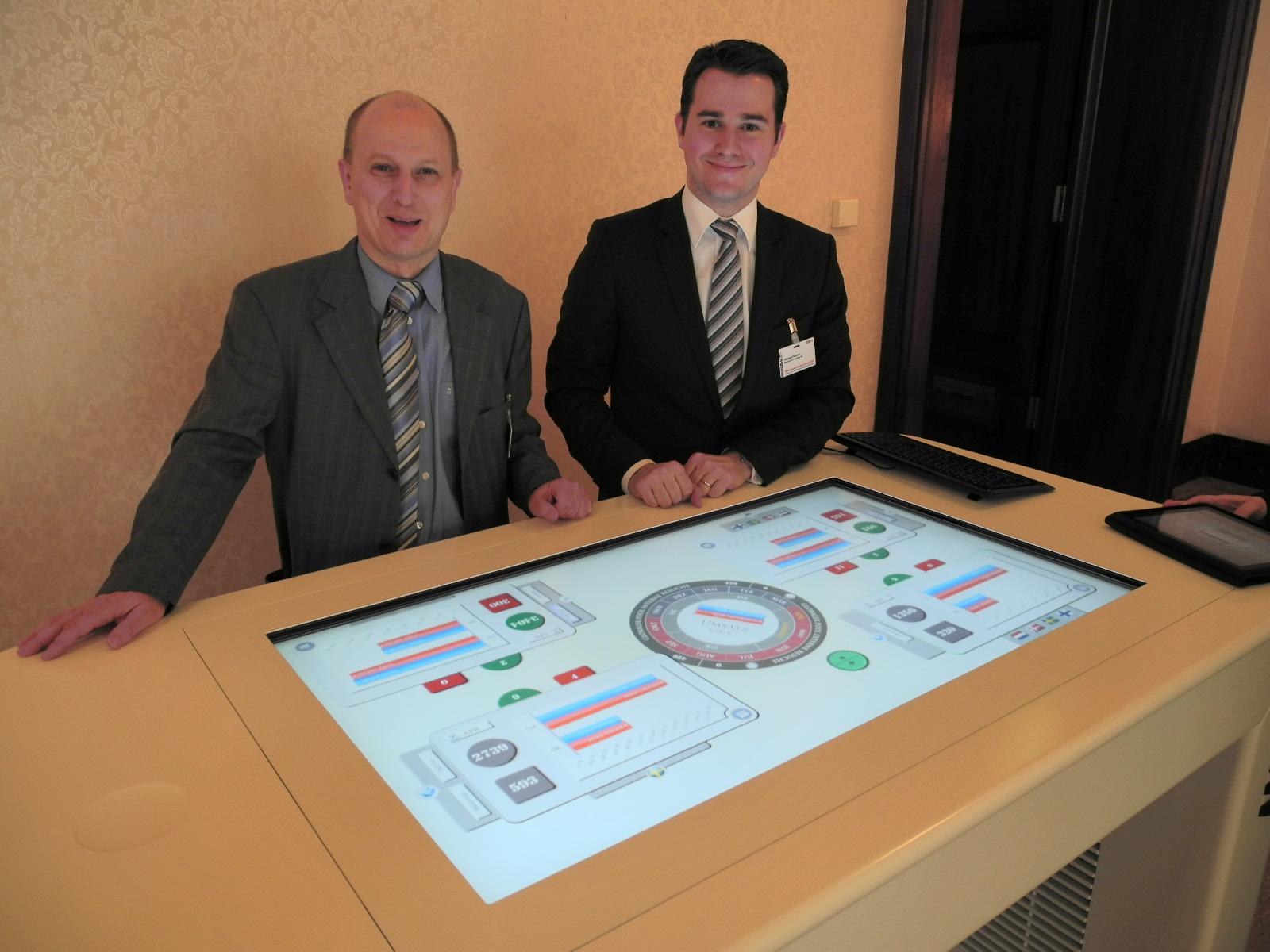

 This blog post is not intended to be a book review, although I do highly recommend this quick and insightful read. But there is an interesting aspect that Cowen mentions: productivity gains are slowing down. We have already grabbed the ‘low-hanging fruit’ by exploiting machinery for example. This got me thinking: What about all the great technology that we have implemented in the past 20 years? Could it really be that we are not experiencing substantial productivity gains by using this technology in a smart way? The statistics apparently say no (Cowen points out that the productivity surge in the US from 2009-2010 was mostly driven by a substantial reduction in headcount). And what about Business Analytics? Shouldn’t that help us be more productive and to drive profitability?
This blog post is not intended to be a book review, although I do highly recommend this quick and insightful read. But there is an interesting aspect that Cowen mentions: productivity gains are slowing down. We have already grabbed the ‘low-hanging fruit’ by exploiting machinery for example. This got me thinking: What about all the great technology that we have implemented in the past 20 years? Could it really be that we are not experiencing substantial productivity gains by using this technology in a smart way? The statistics apparently say no (Cowen points out that the productivity surge in the US from 2009-2010 was mostly driven by a substantial reduction in headcount). And what about Business Analytics? Shouldn’t that help us be more productive and to drive profitability? To answer that question let’s take a look at a very simple example: the office of finance. A few weeks ago, I posted the results from
To answer that question let’s take a look at a very simple example: the office of finance. A few weeks ago, I posted the results from 
